March 09, 2022
SKU Strategy and What is Necessary for Brand Success
CBX Partner Todd Maute was invited back to the Flexible Packaging Podcast on The Packaging Perspectives channel to discuss package design challenges and opportunities that consumer packaged goods (CPGs) and private label brands face in this rapidly changing world. He talks about how successful brand strategy looks at both design strategy and packaging production, and how branding agency CBX ensures that creative is deeply ingrained into execution.
The New Normal
Todd points out that CPGs, unlike many industries, have done well in the past couple of years. More people are eating at home, especially breakfasts and lunches, which were often grabbed on the go before. There are a lot of products that make dining at home easier—product innovation, easy meal-prep options, and convenience are all key right now.
Pre-COVID, CPG companies were looking to expand their portfolios, but today it’s all about taking a closer look at ways they can consolidate. Brands are taking a deeper dive into consumer insights in an effort to understand behavior, given how much consumer buying habits have fluctuated over the past two years.
What’s trending
Brands are showcasing clear and obvious benefit callouts on packages these days. There is also a great deal of digital interaction between consumers and the packaging, and this trend is expected to continue to grow.
Obviously, sustainability in packaging is paramount in today’s world. Todd says, “Younger consumers want to buy into a brand, not just buy a brand.” So retailers need to think about how they will work with manufacturing to create clean and efficient packaging and get this messaging out to consumers.
Challenges and Opportunities
Most products are facing supply chain issues in 2022. Some brands literally cannot get their hands on the ingredients they need to make their products. And often when they do, they are at an extremely elevated cost. When material costs go up, there is an impact across the board—from marketing and promotional material to actual cost at shelf. This sometimes even impacts size: Brands will reduce their size so they can keep their products at a price point consumers will be comfortable with.
SKU Strategy
Retail programs differ from national brand programs mostly because retailers rarely manufacture anything, and therefore have no control over manufacturing. Todd remarks that when CBX works with a retailer, they are designing and creating brands for the retailer’s “go-to-market” strategy and have to manage and coordinate with numerous points of contact within the manufacturer. The manufacturer provides packaging guidelines, printing specs, material, legal and nutritional info, etc. and then CBX translates that for the brand.
On the flipside, CPG companies have direct access to marketing and manufacturing teams and know what they can actually do with a package. Technically, the process is the same, but the “players” come in differently. Todd likens the differences between retail and CPG programs to a two-legged stool (CBX and CPG company) versus a three-legged stool (CBX, retailer, and manufacturer). It’s a little more complicated, but technically the process to get a package designed is similar.
Large-Scale Brand Programs
Whether you’re designing hundreds or thousands of SKUs, you are really designing brand strategy. You need to create this strategy and keep in mind how this messaging is going to live across a wide set of categories and on various types of packaging. According to Todd, “We kind of join the creative team at the hip with the production team. We let the creatives lead the intent of the design, but make sure the production team is right alongside so that when it’s finally printed and produced, it meets the standards.”
The process and tools for these large-scale programs are extremely critical. For both CPG and retail programs, there are a lot of people involved. CBX uses a project management tool to help the process run smoothly. Because today there are fewer face-to-face presentations, CBX’s tool can manage things step-by-step and track changes. It can also track whether a product is sustainable, what kind of packaging is used, and how it can be recycled. This way, the customer can understand whether they are meeting sustainability requirements and see where they can invest to really push sustainability.
As brands and retailers continue to invest in large-scale programs, it’s critically important for them to have a strong partnership with someone who understands both brand intent and execution. Someone who can strike the balance between creativity and production implementation. Someone like CBX.
Listen to the full podcast here: https://www.packagingstrategies.com/media/podcasts/3067-packaging-perspectives-podcast/play/111-cpg-brands-in-the-digital-world
Or, read a summary here: https://www.flexpackmag.com/articles/91843-podcast-cpg-brands-in-the-digital-world



